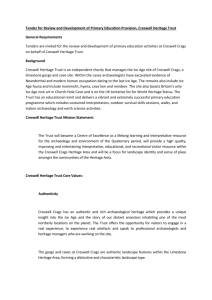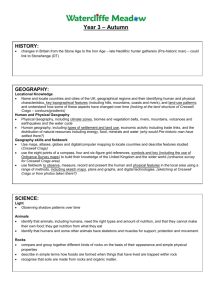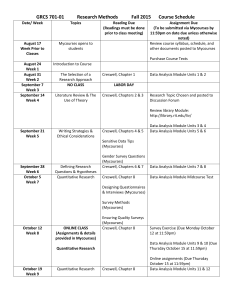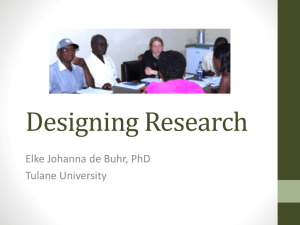rapid_archaeologists.. - University of Sheffield
advertisement
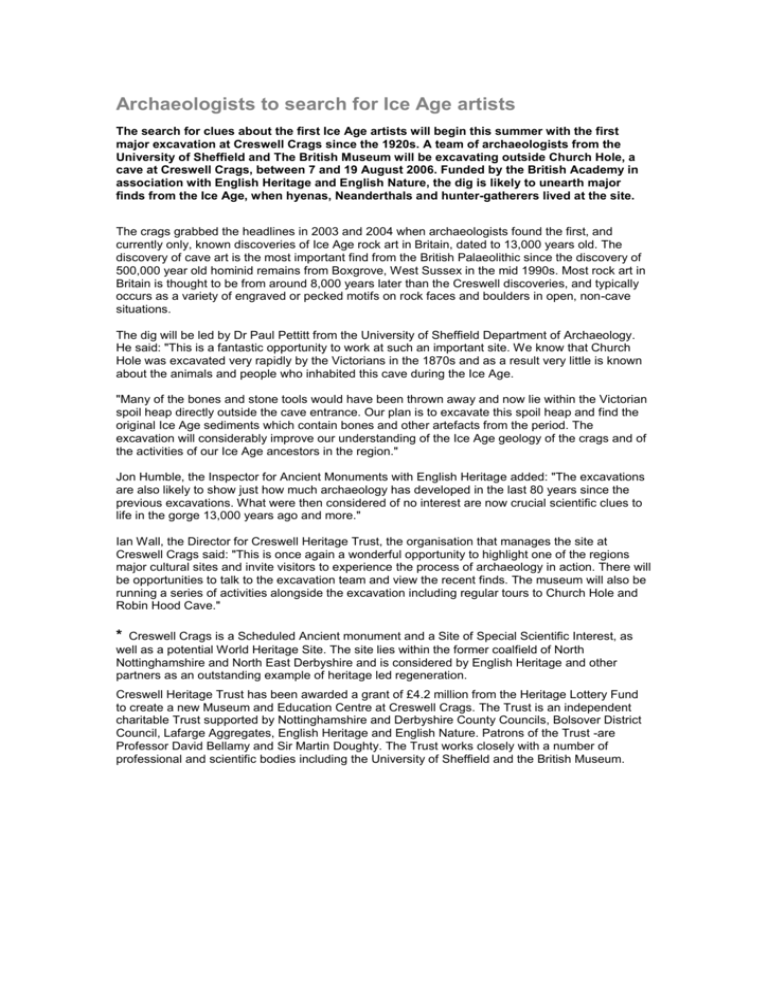
Archaeologists to search for Ice Age artists The search for clues about the first Ice Age artists will begin this summer with the first major excavation at Creswell Crags since the 1920s. A team of archaeologists from the University of Sheffield and The British Museum will be excavating outside Church Hole, a cave at Creswell Crags, between 7 and 19 August 2006. Funded by the British Academy in association with English Heritage and English Nature, the dig is likely to unearth major finds from the Ice Age, when hyenas, Neanderthals and hunter-gatherers lived at the site. The crags grabbed the headlines in 2003 and 2004 when archaeologists found the first, and currently only, known discoveries of Ice Age rock art in Britain, dated to 13,000 years old. The discovery of cave art is the most important find from the British Palaeolithic since the discovery of 500,000 year old hominid remains from Boxgrove, West Sussex in the mid 1990s. Most rock art in Britain is thought to be from around 8,000 years later than the Creswell discoveries, and typically occurs as a variety of engraved or pecked motifs on rock faces and boulders in open, non-cave situations. The dig will be led by Dr Paul Pettitt from the University of Sheffield Department of Archaeology. He said: "This is a fantastic opportunity to work at such an important site. We know that Church Hole was excavated very rapidly by the Victorians in the 1870s and as a result very little is known about the animals and people who inhabited this cave during the Ice Age. "Many of the bones and stone tools would have been thrown away and now lie within the Victorian spoil heap directly outside the cave entrance. Our plan is to excavate this spoil heap and find the original Ice Age sediments which contain bones and other artefacts from the period. The excavation will considerably improve our understanding of the Ice Age geology of the crags and of the activities of our Ice Age ancestors in the region." Jon Humble, the Inspector for Ancient Monuments with English Heritage added: "The excavations are also likely to show just how much archaeology has developed in the last 80 years since the previous excavations. What were then considered of no interest are now crucial scientific clues to life in the gorge 13,000 years ago and more." Ian Wall, the Director for Creswell Heritage Trust, the organisation that manages the site at Creswell Crags said: "This is once again a wonderful opportunity to highlight one of the regions major cultural sites and invite visitors to experience the process of archaeology in action. There will be opportunities to talk to the excavation team and view the recent finds. The museum will also be running a series of activities alongside the excavation including regular tours to Church Hole and Robin Hood Cave." * Creswell Crags is a Scheduled Ancient monument and a Site of Special Scientific Interest, as well as a potential World Heritage Site. The site lies within the former coalfield of North Nottinghamshire and North East Derbyshire and is considered by English Heritage and other partners as an outstanding example of heritage led regeneration. Creswell Heritage Trust has been awarded a grant of £4.2 million from the Heritage Lottery Fund to create a new Museum and Education Centre at Creswell Crags. The Trust is an independent charitable Trust supported by Nottinghamshire and Derbyshire County Councils, Bolsover District Council, Lafarge Aggregates, English Heritage and English Nature. Patrons of the Trust -are Professor David Bellamy and Sir Martin Doughty. The Trust works closely with a number of professional and scientific bodies including the University of Sheffield and the British Museum.
